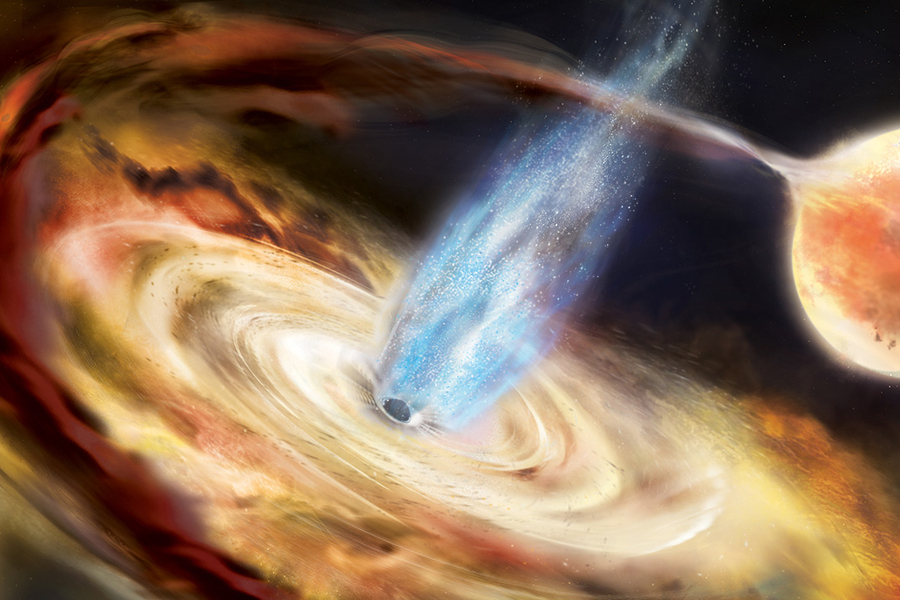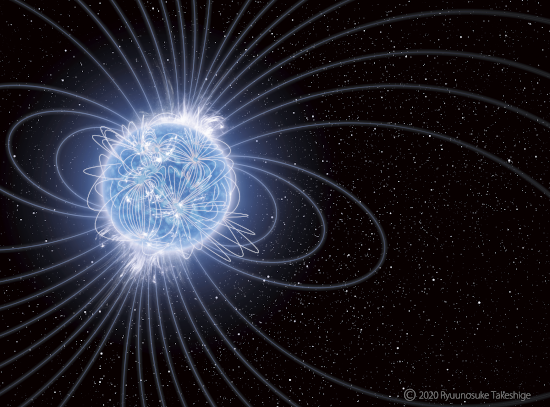
Credits:Credit: Aurore Simonnet and NASA’s Goddard Space Flight Center
Astronomers discovered eight new echoing black hole binaries in our galaxy, enabling them to piece together a general picture of how a black hole evolves during an outburst. The findings will help scientists trace a black hole’s evolution as it feeds on stellar material.
Scattered across our Milky Way galaxy are tens of millions of black holes — immensely strong gravitational wells of spacetime, from which infalling matter, and even light, can never escape. Black holes are dark by definition, except on the rare occasions when they feed...
Read More







Recent Comments